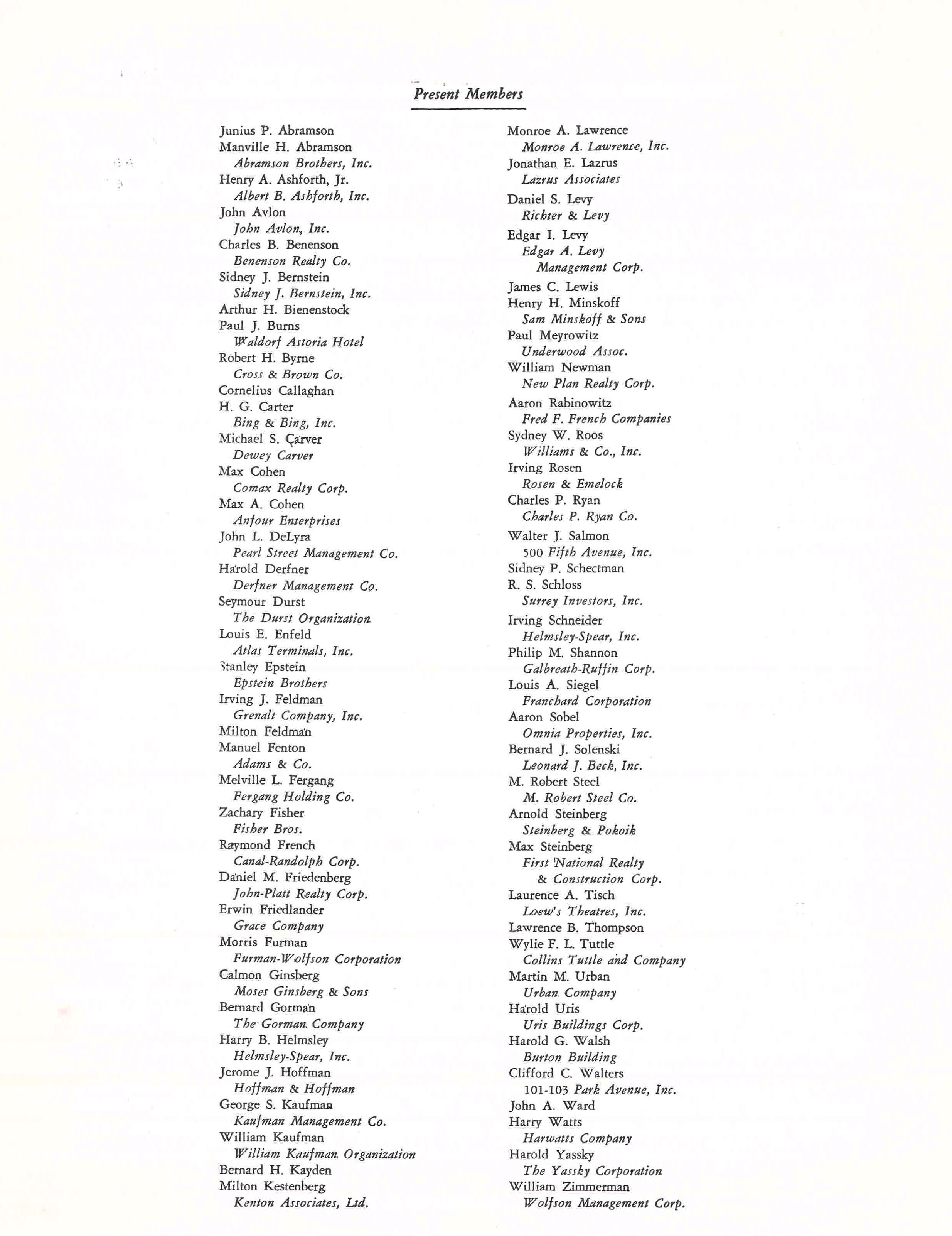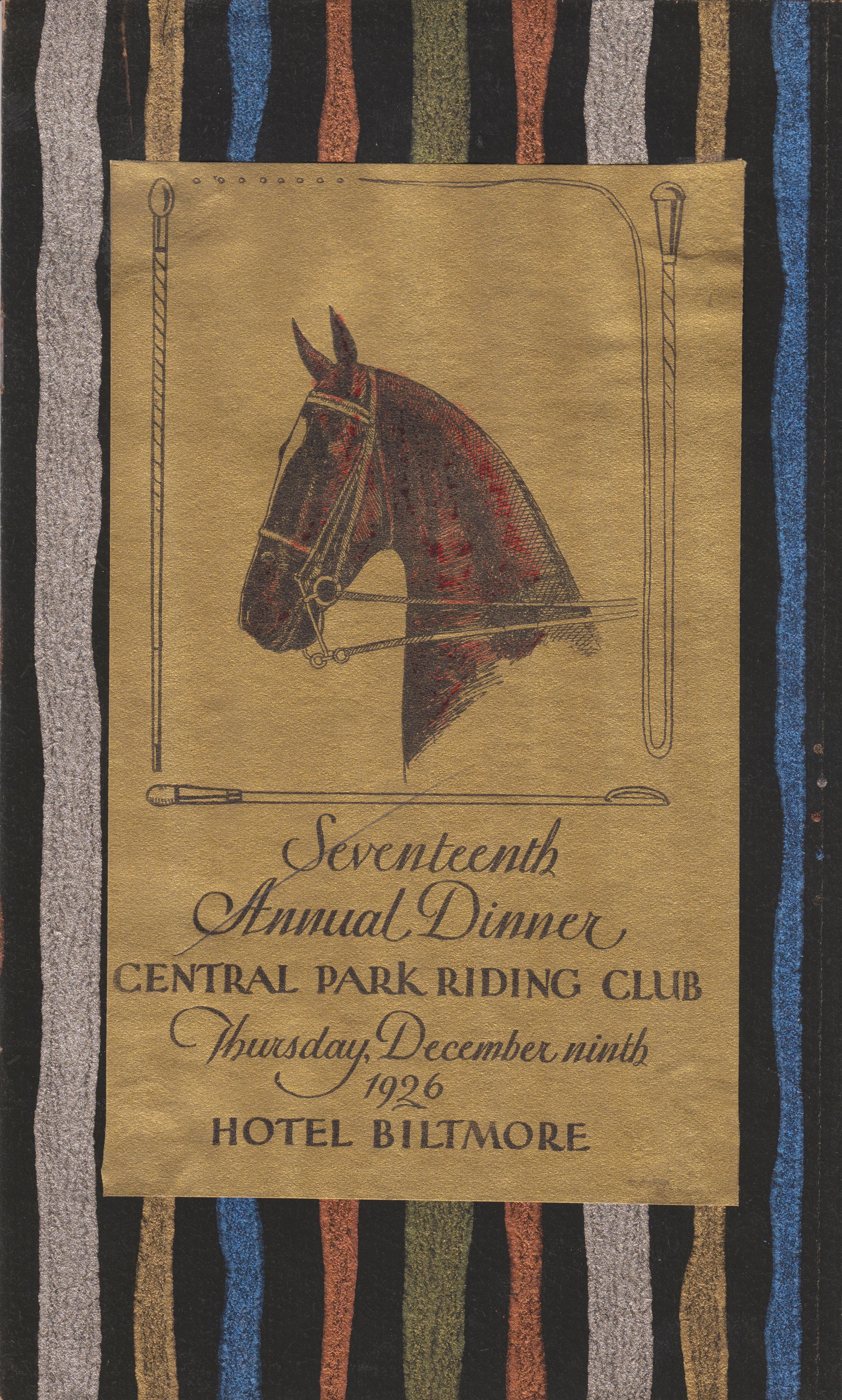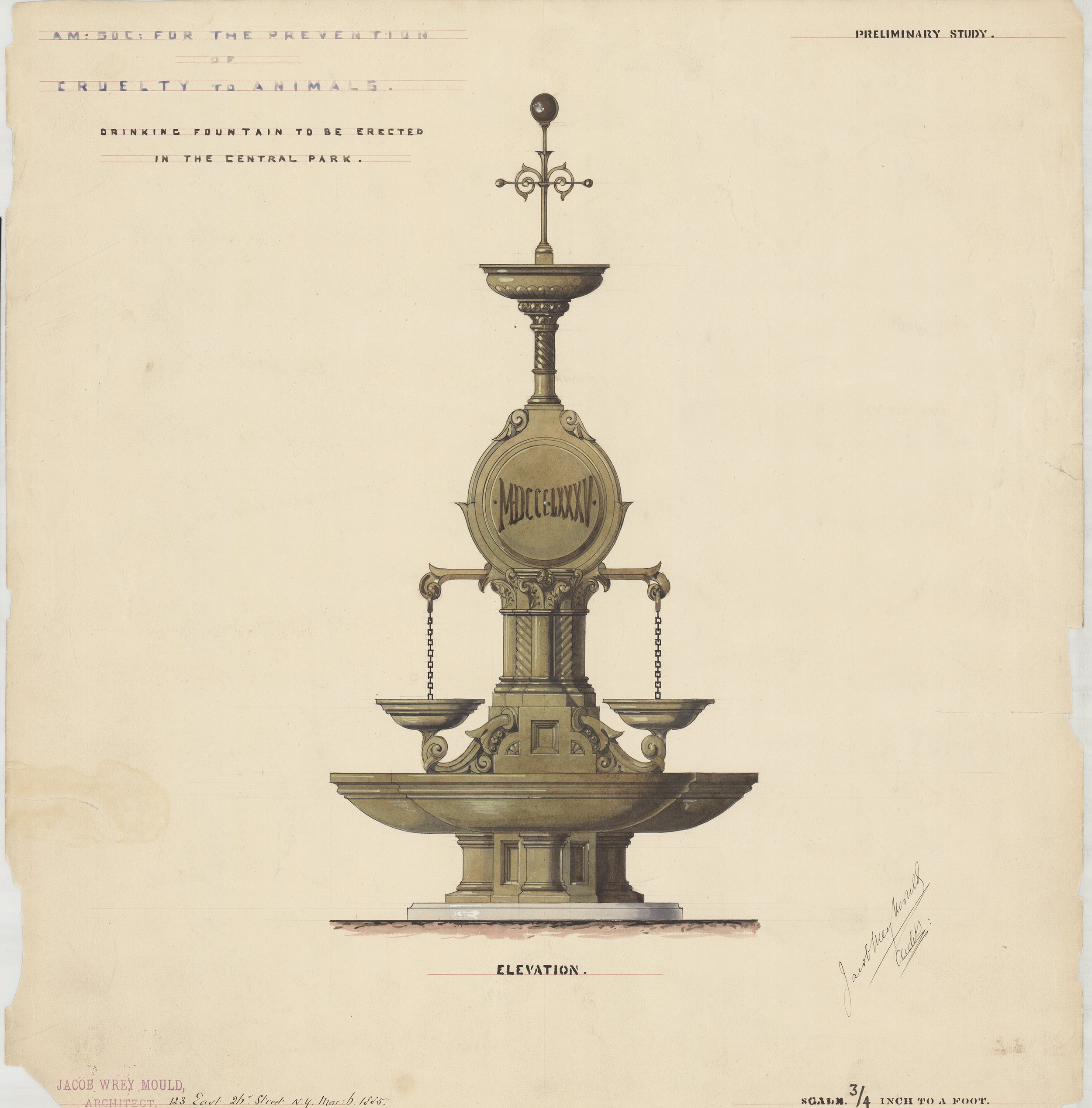On July 8, 1924, radio station WNYC made its inaugural broadcast from a studio at the top of the Municipal Building. During 2024, For the Record will celebrate the centennial of one of the nation’s first municipally-owned radio station with a series of articles featuring historical audio recordings from the WNYC collection in the Municipal Archives.
In 1986 the Municipal Archives acquired a large collection of original WNYC lacquer phono discs and tapes dating back to 1937. These unique audio recordings capture the sounds of a city and a nation through decades of transformations, tribulations, and triumphs in the voices of presidents, dignitaries, world leaders, artistic revolutionaries, musical geniuses, luminaries of the literati, and cultural icons. Outside of the federal government, the WNYC Collection is the largest non-commercial collection of archival audio recordings and ephemera from an individual radio broadcaster.
The Archives has collaborated with WNYC on a series of projects to reformat this material. Most recently, funding from the Leon Levy Foundation enabled digitization of thousands of hours of audio content that documented political, historical, scientific, and cultural events—both large and small.
John Glenn shaking hands with Mayor Wagner, March 1, 1962. Official Mayoral Photographs, NYC Municipal Archives.
This week’s article looks back to 1962 when WNYC broadcast NASA communications as well as chatter from Mission Control and various tracking stations around the world during astronaut Lt. Col. John H. Glenn’s orbit around the earth. We also feature records and photographs that document the city’s exuberant salute to Glenn and six fellow astronauts, Lt. Comdr. Alan B. Shepard, Capt. Virgil I. Grissom, Maj. Donald K. Slayton, Lt. Comdr. M. Scott Carpenter, Capt. Leroy Gordon Cooper and Comdr. Walter M. Schirra, Jr., that took place on March 1, 1962.
Planning for the celebration took place during the last week of February 1962 under the auspices of the Department of Commerce and Public Events. In 1954, Mayor Robert Wagner merged the Mayor’s Reception Committee, originally established by long-time City Greeter Grover Whalen in 1919, with the Department of Commerce set up by Mayor Fiorello LaGuardia in 1940, to form the new Department.
Astronauts leaving City Hall after tickertape parade, March 1, 1962. Official Mayoral Photographs, NYC Municipal Archives.
Program for Astronaut Day, 1962. Mayor Wagner papers, NYC Municipal Archives.
The Glenn event generated several folders of correspondence in Mayor Wagner’s Public Events sub-series. A typical item is the ten-page minutes of a planning meeting on February 24. The detailed document described the itinerary: “The official party will arrive at Marine Terminal, LaGuardia Airport, on Thursday morning, March 1st, aboard two planes... The official party will leave the Airport at 11:35 a.m. in order to be at Bowling Green in time for the start of the Broadway parade at 12:05.” After proceeding up Broadway, accompanied by marching bands, Mayor Wagner will meet the honored guests on the steps of City Hall. After brief remarks, the motorcade will travel to the Waldorf Astoria Hotel. “Approximately two thousand people will attend the luncheon in the Grand Ballroom...” At the luncheon Mayor Wagner will confer on Glenn the Gold Medal of Honor, the City’s highest award.
Additional items in the correspondence folders point to the “no detail too small” aspect of event planning. An unsigned memo dated February 23, 1962, informs “Col. Barlett” that “Nobody is to be invited to sit on the dais unless the Mayor has personally approved the name.” And, “Governor Rockefeller is to be invited just like anyone else.” Another lengthy document lists the seating arrangements for each automobile in the motorcade, indicating make, model, and license plate number, e.g. astronaut Capt. Virgil Grissom and his wife were assigned to a bronze Cadillac, license IN 1826 NY.
Unknown participants at reception luncheon for Mercury astronauts, March 1, 1962. Official Mayoral Photographs, NYC Municipal Archives.
Luncheon menu for astronauts’ reception, 1962. Mayor Wagner papers, NYC Municipal Archives.
Newspaper clippings in the file describe the triumphant day: “Glenn Tribute Greatest Ever - New York’s millions roared their welcome to Astronaut John H. Glenn, Jr. yesterday in an outburst of enthusiasm and acclaim never before equaled even in this city of traditional tributes to heroes.” (Daily News, March 2, 1962.) The in-depth coverage of the day’s activities also informed readers that “A new $17,000 police horse van was used for the first time yesterday to bring about 40 horses to the lower Broadway area to handle the crowd. As usual, nobody argued with the horses and their mounted officers.”
More seriously, another big story on that day tempered reports of the Glenn celebration: “The early moments of the day’s activities were tinged with shock and sadness as word spread at the airport and among the assembled crowds along the route than an American Airlines jet plane had crashed on takeoff at [Idlewild] International Airport and that all aboard were killed.” The Civil Aeronautics Board investigation later determined that a manufacturing defect in the rudder system caused the accident. Among the 87 victims was Louise Sara Eastman, mother of Linda McCartney.
Program and proclamation for Astronaut Day, 1962. Mayor Wagner papers, NYC Municipal Archives.
The Public Events files also include several folders of letters from school children (and their parents) urging the Mayor to close public schools for the day to afford students the opportunity to see the festivities. A short news clipping summed up the story: “There will be ticker-tape and brass bands for Lt. Col. John H. Glenn Jr. in New York on Thursday, but the city’s million school children will see none of it—except by way of the TV screens in their schools. Supt. of Schools John J. Theobald and the Board of Education today decided that the youngsters will get more out of the celebration at school than if they tried to elbow their way through the crowds along Broadway. They vetoed the suggestion that the schools be closed for the event.”
Press badges for Astronaut Day, 1962. Mayor Wagner papers, NYC Municipal Archives.
In the coming years, New York City continued to celebrate the nation’s space program. Two of the astronauts feted in 1962, had the honor of participating in a second ticker-tape parade. On May 22, 1963, Maj. L. Gordon Cooper Jr., received the city’s traditional welcome after orbiting the earth 22 times, and on March 29, 1965, the city feted Maj. Virgil I. Grissom along with Lt. Comdr. John W. Young. Their Gemini III mission was the first U.S. space flight in which two astronauts went into orbit in the same capsule. In 1969, the City celebrated the Apollo astronauts in two parades; Apollo 8 on January 10, 1969, and finally the Apollo 11 astronauts Neil A. Armstrong, Col. Buzz Aldrin, and Lt. Col Michael Collins for the first manned moon landing, on August 13, 1969.
Not to be outdone, Lt. Col. John H. Glenn Jr., marched up Broadway in a parade one more time. On November 16, 1998, then Senator John Glenn and fellow crew members of the US Space Shuttle Discovery had their achievements celebrated in the traditional parade.
Look for future blogs featuring audio from the WNYC collection or visit https://www.wnyc.org/series/archives-preservation/archive-shows


































